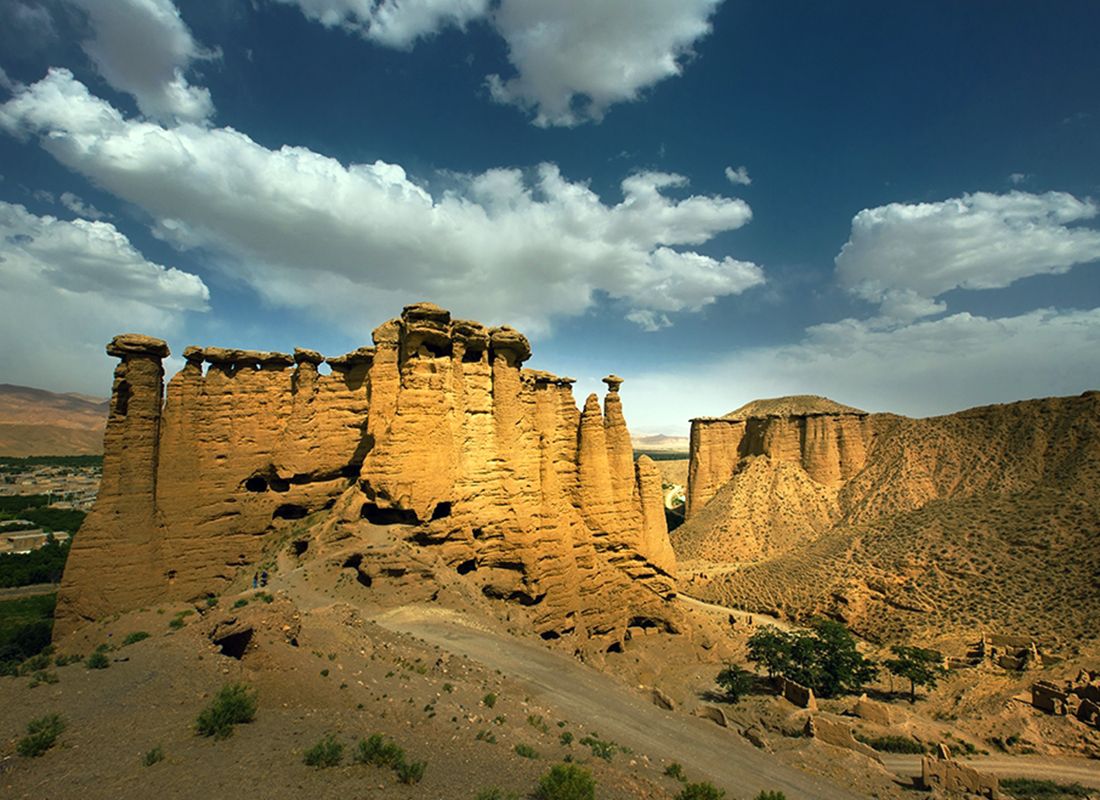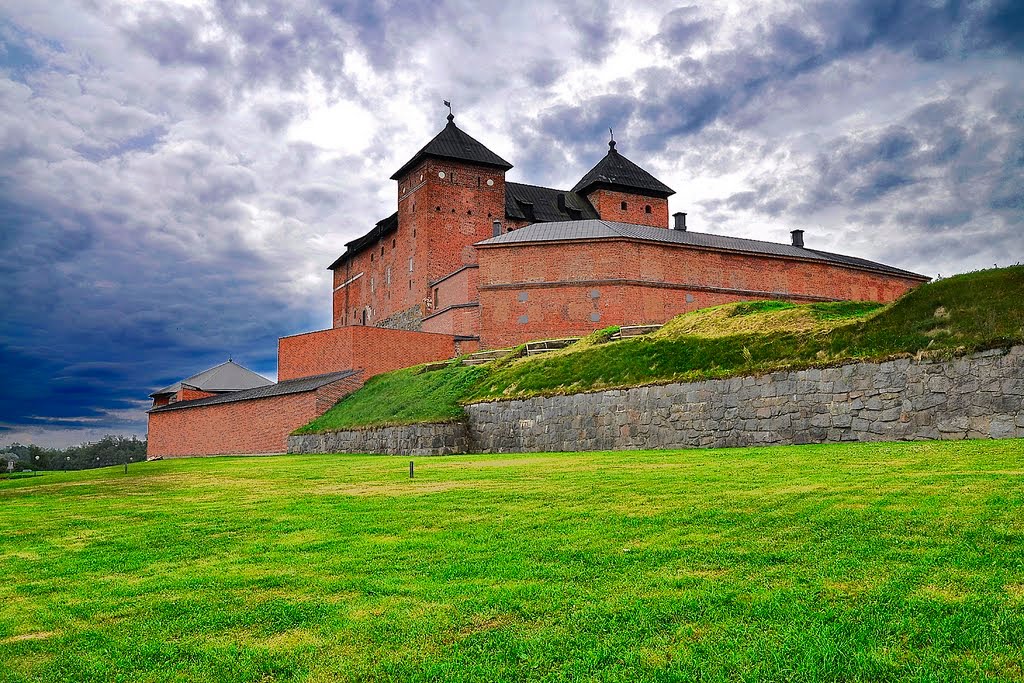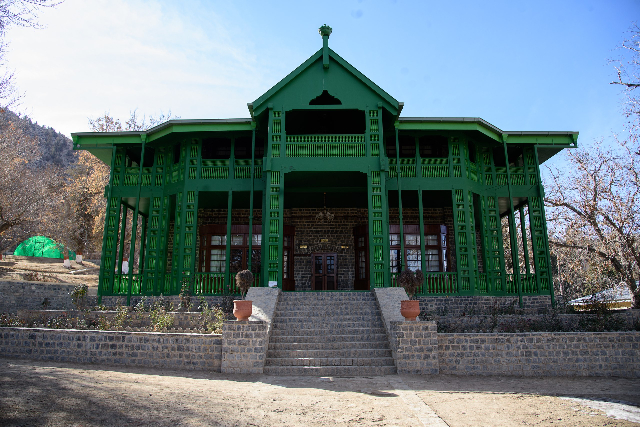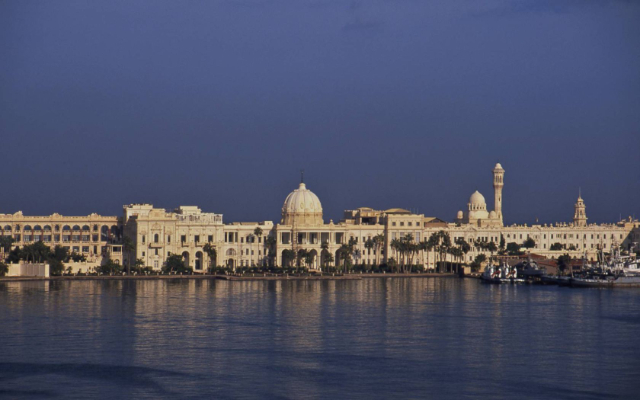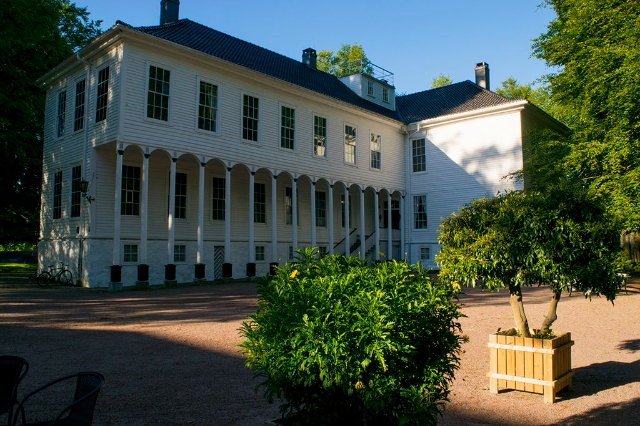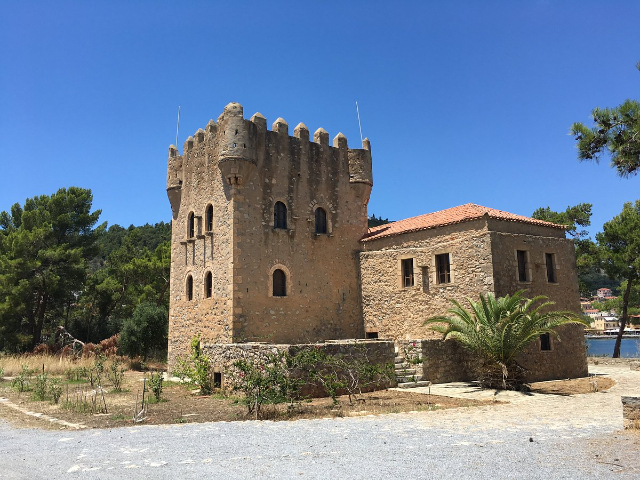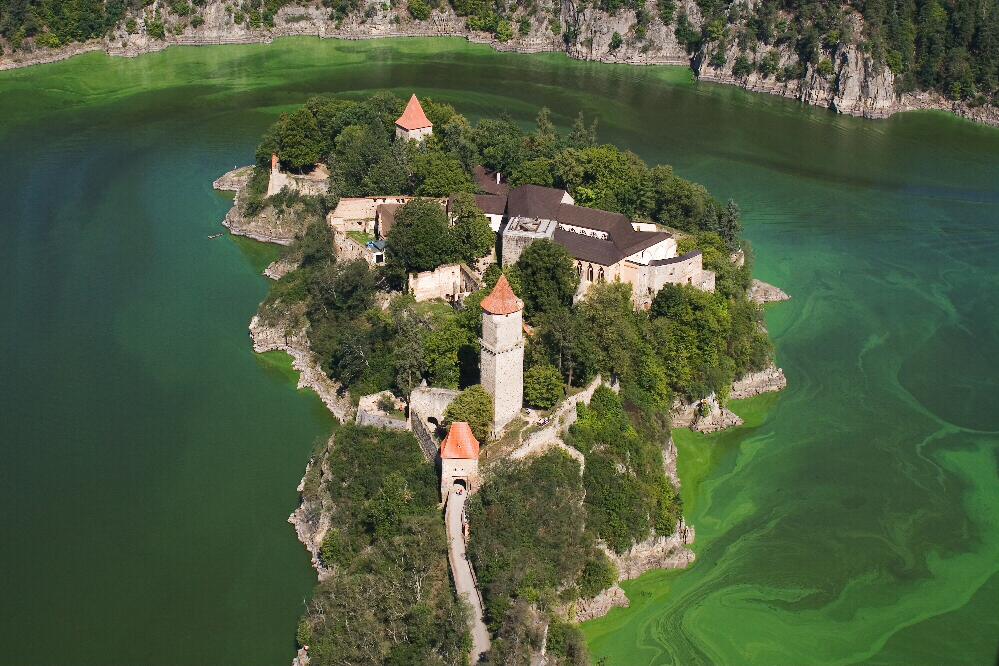Behestan Castle or the “Demon’s Throne” is a Sassanid era (226-651 CE) structure that was still in use well into the Islamic Period. The creators of this castle, carved its rooms out of the mountain. The castle consists of three sections: rooms, corridors and stairways. The upper parts of the castle had defensive purposes and the lower parts were used to store food for its inhabitants. The stairway on the western and eastern side of the castle, which originated from the southern wing of the structure, can no longer be used due to extensive damage to the lower levels caused by the passage of time. The stairway on the northwestern side of the castle, one of the best preserved parts of this structure ends in a room that has Islamic decorations typical to Mihrabs (prayer niche) seen in mosques. The upper level of the castle has a stone pool built with a Sarooj (mix of lime and clay) mortar. Behestan Castle has been registered as a National Heritage Site.
